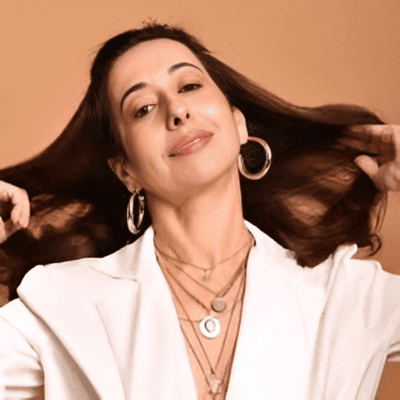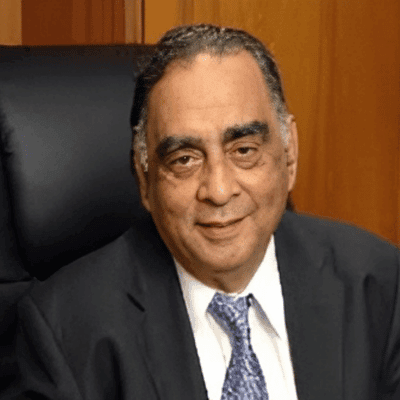Number of Week
Open
Days
Level
Functional Training is a versatile and effective workout style that focuses on exercises designed to improve everyday movements and overall body function. These classes emphasize strength, stability, and mobility, using movements that mimic real-life activities to enhance balance, coordination, and muscular endurance. At Navroop Yoga, our Functional Training classes are structured to support a wide range of fitness levels, helping you build a strong foundation for physical health and reduce the risk of injuries in daily life.
- Compound Movements: Strengthens multiple muscle groups for functional fitness.
- Core Stability: Improves balance and posture.
- Mobility Drills: Enhances joint mobility and muscle flexibility.
- Varied Equipment: Utilizes diverse tools for resistance and variety.
Introduction to the class
Functional Training exercises are multi-joint, multi-muscle movements that prepare the body for real-life activities, from lifting objects to bending, twisting, and reaching. These workouts typically involve bodyweight exercises, resistance bands, dumbbells, and stability balls, targeting core strength, flexibility, and coordination. Functional Training is perfect for anyone looking to improve physical performance, gain strength, and enhance movement efficiency, whether for fitness or day-to-day functionality.
Functional Training improves joint mobility and muscle flexibility, enhancing range of motion.
Core-focused exercises improve stability, reducing the risk of falls and supporting better posture.
Strengthens stabilizing muscles and promotes proper movement patterns, helping prevent injuries in and outside the gym.
Experience Functional Training with Navroop
At Navroop Yoga, our Functional Training classes are led by skilled trainers who provide personalized guidance, ensuring that each movement is performed safely and effectively. Our classes cater to all fitness levels, with modifications available to suit your individual needs, helping you build strength, mobility, and confidence at your own pace.
Join us at Navroop Yoga for Functional Training classes that empower you to move better, feel stronger, and perform daily tasks with ease. Discover the benefits of a fitness routine that supports your lifestyle and enhances your quality of life in a fun, supportive environment.
Monday – Sunday
6:00 am – 10:00 pm
Monday – Sunday
6:00 am – 10:00 pm
Monday – Sunday
6:00 am – 10:00 pm






































